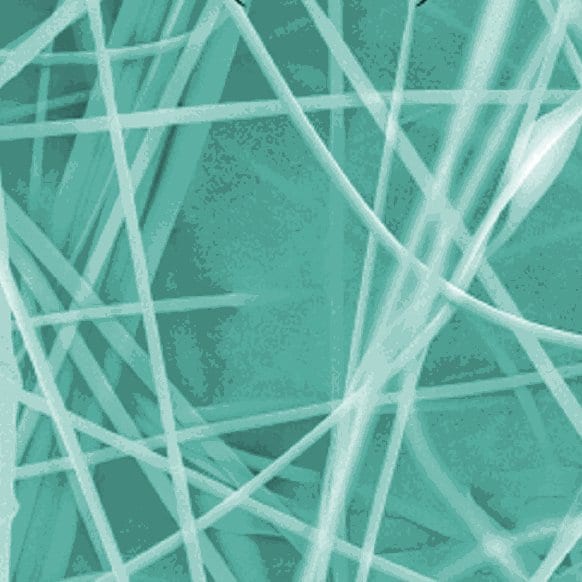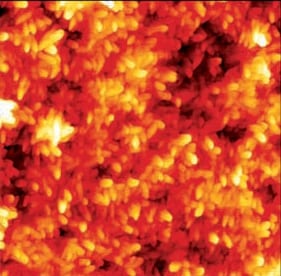French scientists have made light-sensitive memory devices by combining carbon nanotubes and silicon nanowires.
Nanowelded Tubes are Superstrong
A team in Japan have made stronger than ever metal-carbon nanotubes junctions by nanowelding multiwalled carbon nanotubes to the contact surface.
What can Nanochemistry do for Photonic Metamaterials?
Professor Geoffrey Ozin gives us his thoughts on nanochemistry and photonic metamaterials.
Nano Silicon Samurai?
Welcome to one of our guest columns, where active researchers can share their views on topics relevant to materials science. Professor Geoffrey Ozin from the University of Toronto tells us what he thinks about nanoscale silicon and its future. One thing that has...

The Cheap Approach: Manipulating Polymer Nanofibers with Inexpensive Salts
Optimum operational parameters have been obtained for fabricating electrospun PVA fibers.
Cilia Revolution
University of Southern Mississippi scientists imitated Mother Nature by developing a new, skinny-molecule-based material that resembles cilia, the tiny, hair-like structures through which organisms derive smell, vision, hearing and fluid flow.

Edible Electronics: Purely Biocompatible Electrical Devices
Scientists from the University of Linz engage in developing electronics that can simply be thrown onto the compost heap or, if in a pinch, could even be eaten!
Piezotronic Logic Gates Take the Strain
US scientists have developed the first examples of logic gates (NAND, NOR and XOR gates) that can be switched simply by bending the substrate.
Porous silicon nanoneedles for barcodes and other applications
Researchers at the University of Texas have fabricated biodegradable, nanobarcodes of silicon. The porosity of the silicon structures enables their applications in bioengineering, energy storage, and drug delivery systems.
The Good Nano Stuff – Where Is It Going?
Professor Geoffrey Ozin shares his views on the current state of nanoscience, in particular the future of the promising nanomaterials: Where is the good nano stuff going?










